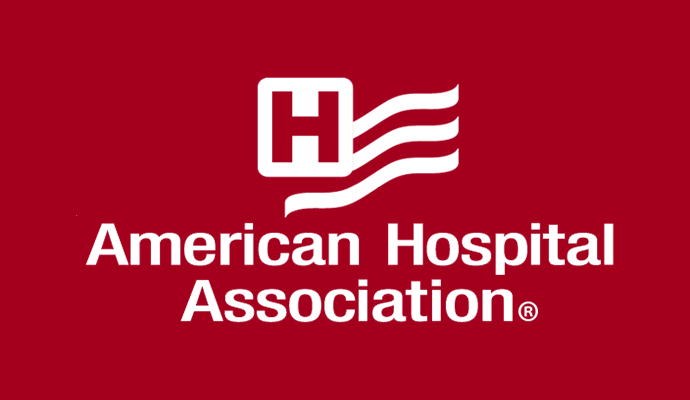AHA Decries Inpatient Prospective Payment System Update
The hospital association said the proposed update to the market basket of the Inpatient Prospective Payment System is inadequate, citing market forces and workforce woes.

Source: American Hospital Association/Xtelligent Healthcare Media
- The proposed market basket update in the Inpatient Prospective Payment System (IPPS) for the 2024 fiscal year (FY) is “woefully inadequate,” according to the American Hospital Association (AHA).
CMS proposed a market basket update of 3.0 percent minus a productivity adjustment of 0.2 percentage points, resulting in a net update of 2.8 percent next year. However, when taken together with the FY 2022 payment update of 2.7 percent, the proposed update is not enough to cover the actual costs of care after years of disruption, AHA says.
“These updates fail to account for the fact that labor composition and costs have not reverted to ‘normal’ levels and that as a result, the hospital field have continued to face sustained financial pressures,” AHA’s executive vice president Stacey Hughes wrote in a letter to CMS Administrator Chiquita Brooks-LaSure on Friday.
Hospital financial performance is finally stabilizing after the COVID-19 pandemic. However, hospitals are just breaking even, with operating margins hovering around 0 percent as of April 2023. Rising expenses also continue to put pressure on hospital bottom lines as facilities face increases in total expenses for the 12th month in a row this month.
“Workforce shortages continue to create outsized pressures on hospitals and health systems, and workforce financial pressures are particularly challenging because labor on average accounts for about half of a hospital’s budget,” Hughes adds in the letter.
AHA is urging CMS to use its authority to grant special exceptions and adjustments to make a retrospective adjustment to account for the difference between the market basket update implemented in FY 2022 and the actual market basket for that year.
The association also calls for CMS to eliminate the productivity cut for the FY 2024 rates and to restore the shortfall from the American Taxpayer Relief Act of 2012 (ATRA) documentation and coding adjustments.
ATRA adjusted rates for discharges FYs 2014 to 2017 to recoup $11 billion in fee-for-service overpayments associated with documentation and coding in FYs 2008 to 2010 that had not been recovered following the implementation of Medicare Diagnostic Severity Group (DRG) classification.
Another point of contention for the AHA is the disproportionate share hospital (DSH) payment calculations in the FY 2024 IPPS rule. The association said it disagrees with the estimated number of uninsured patients next year and it remains concerned about the lack of transparency in how CMS determines DSH payments.
AHA expects hospitals to see an influx of uninsured patients despite CMS’ guess that the uninsured rate will not change that much from FY 2023. States are unwinding Medicaid continuous enrollment policies enacted during the COVID-19 pandemic. The Congressional Budget Office (CBO) recently estimated that 6.2 million people will become uninsured as a result of the unwinding, while KFF puts the total between 8 million and 24 million people.
A bipartisan group of Senators also recently called on CMS to reevaluate the proposed FY 2024 market basket update. The group led by Senators Robert Menendez (D-NJ) and Kevin Cramer (R-ND) expressed similar concerns about IPPS rates not covering the current cost of care.
“The AHA thanks Senators Menendez and Cramer for leading this important bipartisan effort urging CMS to ensure hospitals and health systems have the resources they need to continue delivering high-quality care to their patients and communities,” said Lisa Kidder Hrobsky, AHA’s senior vice president for advocacy and political affairs. “This support is more needed than ever as the hospital field continues to confront rising inflation, workforce shortages and surging costs for supplies and drugs.”
